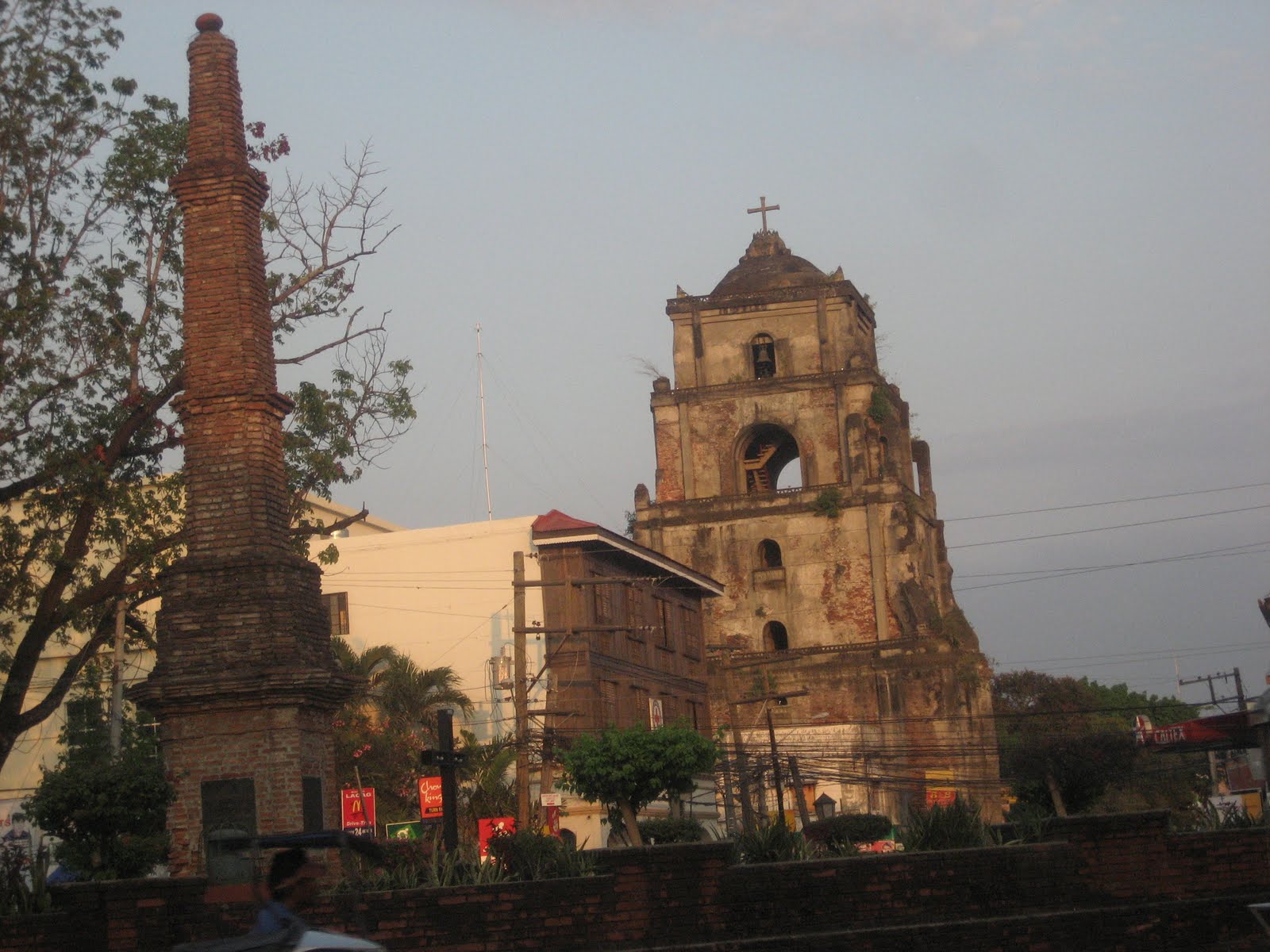Philippine Daily Inquirer, December 28, 2005
by Peter La. Julian
THE LASS MASS MIGRATION of Filipinos to Hawaii started in Cabugao, Ilocos Sur when 1,523 young male Ilokanos left Port Salomague aboard the SS Maunawili on Jan. 11, 1946.
They had been recruited to work in the sugar plantations in Kauai, one of islands in Hawaii, then a US territory.
The SS Maunawili returned the following month and left with another 1,526 Ilokanos recruited to work in other sugar plantations in other Hawaiian islands. The steamship made two more trips that year, taking with her 2,919 more workers.
Another ship, the SS Falcon, also docked at Port Salomague for the same purpose on May 21, 1946 and left with 106 people, including 264 women and 511 children.
FAMILIES NEXT
On June19 that year, it returned, this time for the families of the first batches of plantation workers--182 women and 404 children including a male adult.
That year, a total of 7,661 Ilokanos left the Ilocos to seek their fortune in Hawaii.
Among those who left here were Hermenegildo Barroga, then 17, of Bantay town, and Benjamin Jose, almost in his teens of Laoag City. Now retired and pushing into their 80s, they live comfortably in Kauai and Oahu, respectively.
Barroga, who lives in one of the upscale subdivisions in Honolulu, told the Inquirer in a visit in October 2002 that the "mass migration" could explain why there are many Ilokanos in Hawaii, outnumbering other Filipino immigrants there.
PETITION
A 2000 census showed that approximately 170,635 Filipinos are living in Hawaii, 20 percent of whom are Ilokanos. Ilokano is the lingua franca of Hawaii Filipinos, according to Barroga.
"Tinawingmi dagiti nabati a kameng ti familiami agraman dagiti kabagianmi (We petitioned other members of our families who were left behind including relatives)," Barroga, who served in the US Army during the Korean War, said.
He was able to bring his seven brothers and their families to Hawaii. They are now American citizens like him. A son is a Honolulu policeman, while a married daughter is with a US federal government agency.
In the case of Jose, he sent for his whole family--his wife, several children and relatives. A daughter, Naty, a former teacher in the Philippines, is married to a Nisei (US- born second generation Japanese). Jose and his wife live in a bungalow in Lihue.
'SAKADA'
Today, Barroga and Jose are among the few living sakada, originally referred to workers from Cebu, Negros, Iloilo and Capiz, who were also recruited as cheap labor in the plantations and arrived in the islands in 1909.
"In 1998, there were about 200 of us oldtimers who would gather for celebrations and other Ilokano functions," Barroga said. He did not know the exact number of those still living at the time of the interview.
Jose and Barroga could be considered, along with those who left Port Salomague and the Visayan sakada, as the first overseas Filipino workers (OFWs).
The First OFWs
But the honor as the first OFWs rightly belonged to 15 Ilokanos, led by members of the Gironella family of Candon, who arrived in Hawaii on the SS Doric on Dec. 20, 1906. They were the first recorded Ilokano pukankein (pukankeyn) or sugarcane plantation workers in Hawaii.
The 15 Ilokanos, along with Jose and Barroga and other living former sugarcane workers will be honored
during the celebration of the Filipino centennial in Hawaii, which started this month.
In an e-mail message, Amado Yoro, publicity officer of the Filipino Centennial Centennial Celebration Commission and a son of a sakada, said the yearlong celebration officially started on Dec. 10.
On Dec. 17, a sakada statue was unveiled at the old Ola'a plantation in Keeau, Big Island of Hawaii Grande, where the 15 Ilokanos first worked.





